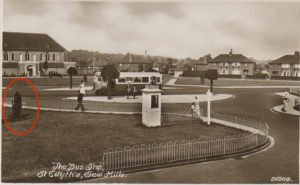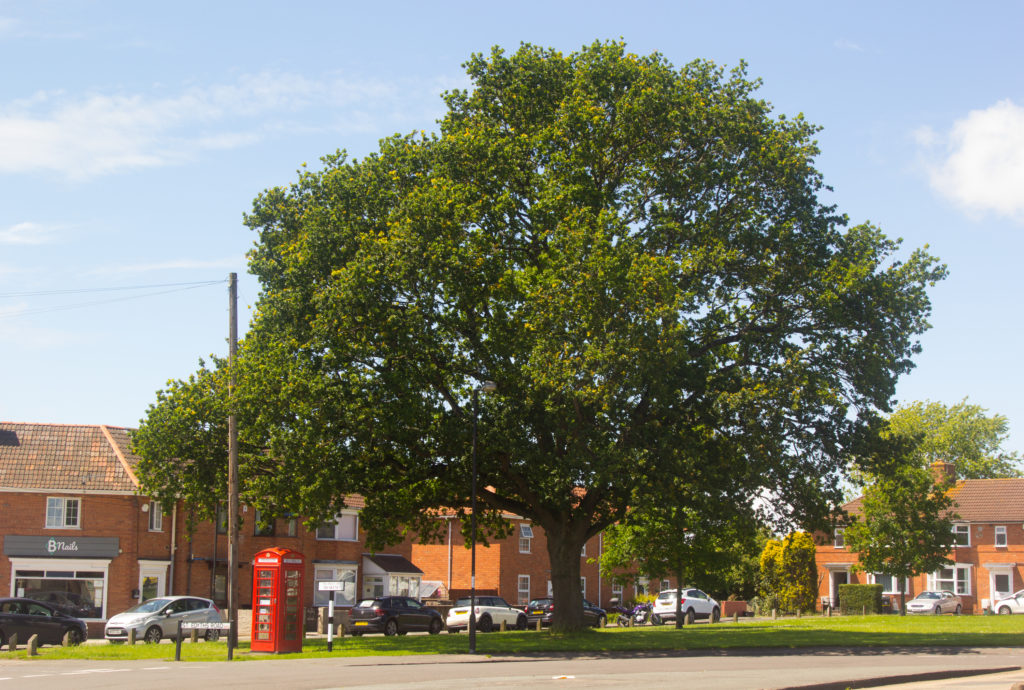
Addison’s Oak in Sea Mills Square has been shortlisted in the Woodland Trust’s Tree of the Year competition for 2019. Voting closes on 27th September 2019 so vote now.
Described by Eugene Byrne (in Bristol and the First World War, 2014) as “in its way” “one of Bristol’s most important monuments”, Addison’s Oak in Sea Mills, north-west Bristol, has been shortlisted as one of 10 trees nominated for the Woodland’s Trust Tree of the Year 2019 (England) award.
Addison’s Oak, a fine young (in oak tree terms) centenarian, recently celebrated its 100th birthday when residents, dignitaries and invited guests sang “Happy Birthday” to the tree and cut a cake specially baked for the occasion.
Planted on 4th July 1919, it commemorates the cutting, by Dr. Christopher Addison M.P., of the first sod of Bristol’s city-wide public housing scheme that was to provide “Homes Fit for Heroes” returning from the First World War.
Christopher Addison was the minister responsible for the 1919 Housing and Town Planning Act. The Addison Act was a watershed moment for council housing provision in Bristol and nationally. For the first time, government subsidies to local authorities provided new housing for working people. The scheme became known as the Addison Scheme, the houses Addison Houses.
Prior to World War One, high density, often slum, dwellings, crowded into highly polluted cities, were a major cause of ill-health and social malaise. As Addison said in his speech at Bristol, they could not “deal adequately with the health problem of the country unless they were at the same time competent to deal with the dwellings the people inhabited”.
Consequently, the new houses would be built in low density estates laid out in accordance with the principles of the garden city movement, with houses designed to be open to light and fresh air. Gardens and allotments would provide physical exercise, fresh garden produce, and social interaction. Dedicated play areas would provide fresh air and physical exercise for the children.
Addison’s Oak is situated on Sea Mills Square at the heart of the Sea Mills estate, now a conservation area and recognised as Bristol’s finest example of planned post-WW1 municipal housing with its distinctive garden suburb layout.
In 1937, John Betjeman described Sea Mills as having “a surprising beauty showing off in the evening sunlight; and vistas of trees and fields and pleasant cottages that that magic estate has managed to create”.
With its direct link to the man whose name is most strongly associated with the Addison Scheme, Addison’s Oak is a fitting symbol of the new enlightened approach to public housing in green healthy surroundings which began in 1919. It stands as a testament to the value of living in green, healthy surroundings, open to light and fresh air, and the importance of giving that opportunity to all people.
We believe it is a fitting candidate for Tree of the Year 2019 and invite you to please vote for it.
To vote for Addison’s Oak, go to https://www.woodlandtrust.org.uk/visiting-woods/vote-tree-of-the-year-2019/england/
Voting closes on noon on 27 September 2019, so please VOTE NOW for Addison’s Oak.
For further information contact Sea Mills 100 at info@seamills100.co.uk or visit the following websites:
For the full list of trees shortlisted in England see https://www.woodlandtrust.org.uk/visiting-woods/vote- tree-of-the-year-2019/england/
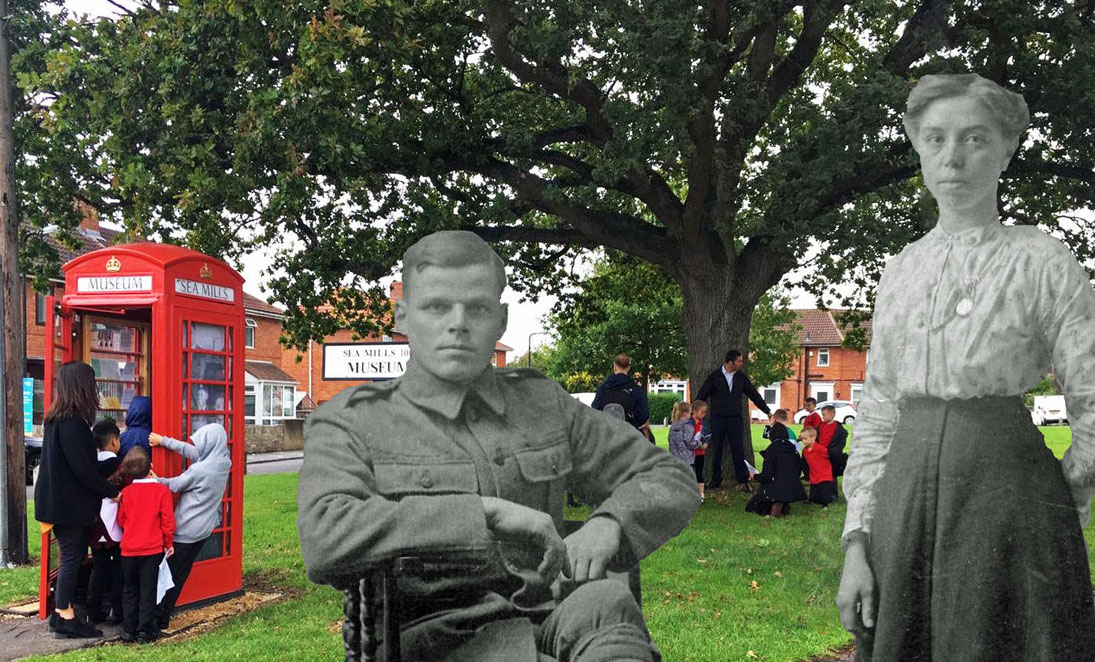

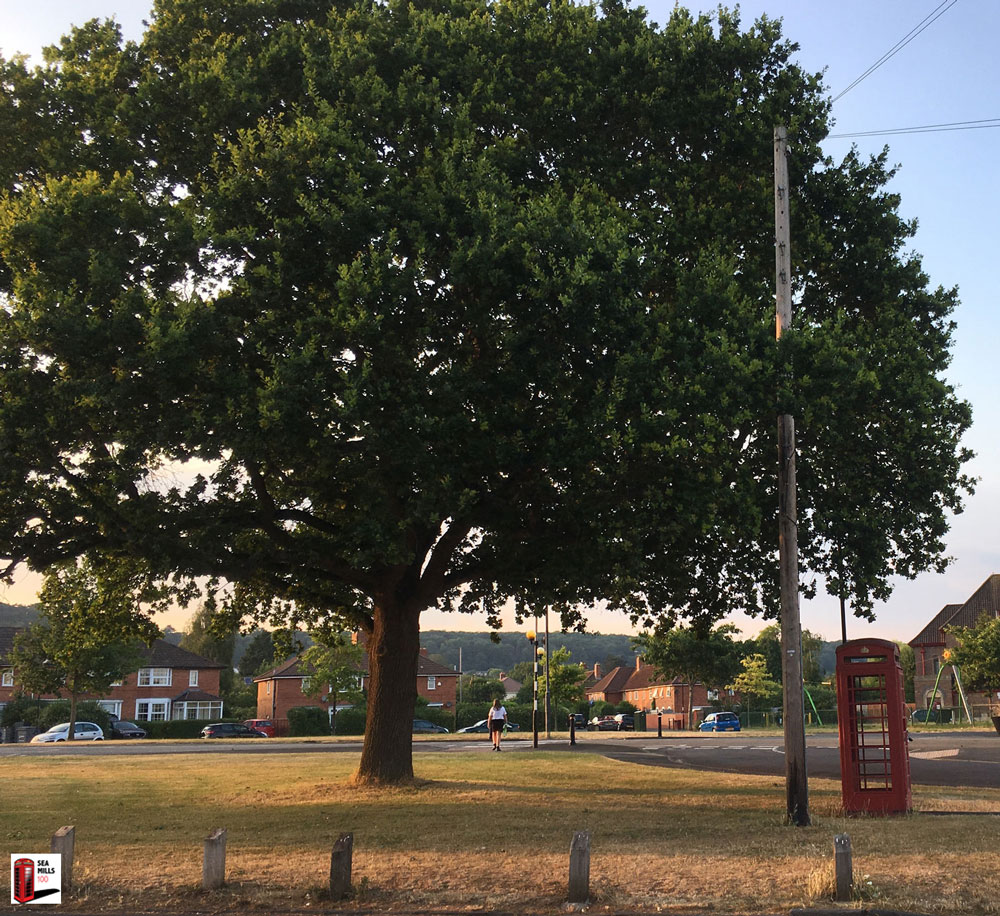
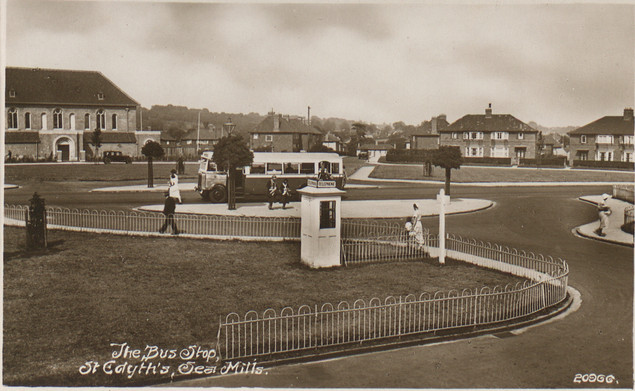 Photo: Vaughan postcard
Photo: Vaughan postcard 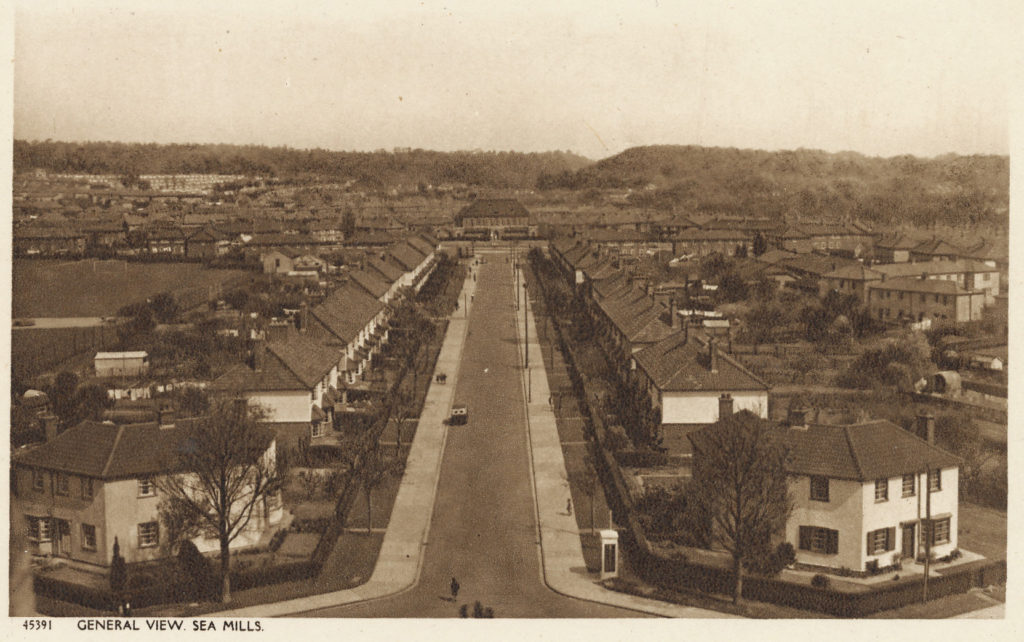 Photo: Postcard, collection of Mary Milton
Photo: Postcard, collection of Mary Milton